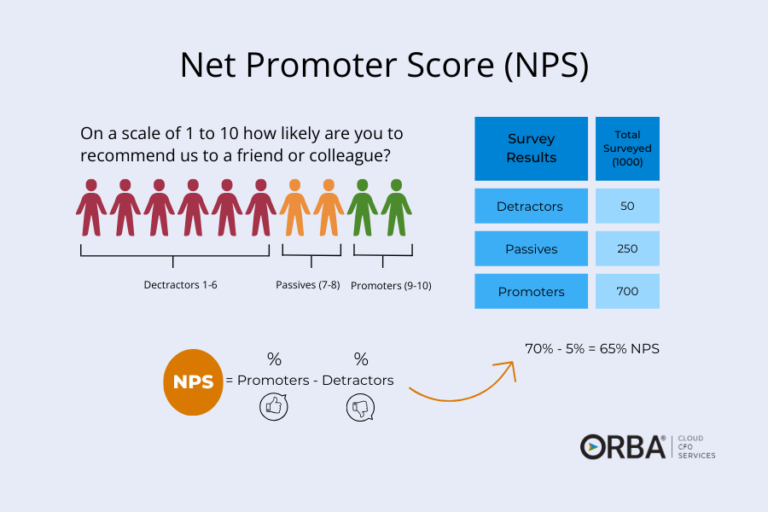To apply for a business line of credit, a lender is going to want to know that your company is in good financial health. Additionally they will want to know what kind of collateral your business can offer to secure the line of credit. There are a few key accounting metrics that you should track: Your liquidity KPIs and your borrowing base calculation.
How to measure liquidity
The first two KPIs that are fundamental to knowing your financial health are your liquidity ratios, and neither are found by looking at your income statement, which is why many businesses don’t pay close enough attention to them. These liquidity ratios indicate your short-term ability to cover your upcoming expenditures. Or, in other words, liquidity measures how easily you can convert your assets to cash.
If your current assets, like accounts receivable and inventory, are more liquid, that indicates that your company is in good financial health. A line of credit can actually increase your liquidity ratios because it gives you cash, which in turn increases your current assets. A loan is generally a long-term liability, so it does not negatively impact your current or quick ratios.
Closely linked to your cash flow, liquidity is measured using the current and quick ratios. The difference between the two ratios? The quick ratio excludes your inventory, which may not be as readily converted to cash as your other assets.
How to find your current ratio.
Current ratio formula
The current ratio, also referred to as the working capital ratio, formula is
Current Ratio = Current Assets / Current Liabilities
Cloud CFO Tip: Besides simply monitoring your current ratio you may want to adjust your cash flow forecasts to shorter cycles to accommodate the current financial climate.
How to find your quick ratio.
The quick ratio, also know as the acid test, is a great metric to use in order to avoid assuming that you can sell your inventory to cover your expenses. We tell our clients all the time that inventory is really a “liability” until you sell it and get cash. You could be sitting on a bunch of old inventory that you can only sell at fire-sale prices, so assuming that you can sell it quickly at full value may put you at risk of covering your expenses.
Quick ratio formula
The quick ratio (aka acid test) formula is:
Quick Ratio = (Total Amount of Cash + Marketable Securities + Accounts Receivable) / Current Liabilities
Cloud CFO Tip: Only include your most collectible accounts receivable in the quick ratio. Similar to old inventory, old accounts receivable (let’s assume anything over 90 days) may not actually be collectible and could cause you to overestimate your cash flow. Ideally, your Quick Ratio is greater than 1.5 after excluding your old accounts receivable.
Why get a business line of credit?
While the notion of a business line of credit as a substitute for cash is controversial, a line of credit can be a strategic move for short-term financial needs like:
- Purchasing inventory;
- Fuelling growth; or,
- Funding or researching other revenue streams.
The great thing about a business line of credit is that you only pay interest on the portion of money that you dip into. Differing from a fixed-term small business loan, you can repay and draw funds from your line of credit as you wish as long as you are not exceeding your credit limit and are making payments on time. The only payments that you need to make on a line of credit are the monthly interest payments on the credit amount that you have drawn – around 4% on the low end.
Business Line of Credit Options
- A line of credit is available in any amount that is needed and supported by the borrowing base calculation.
- Lenders may include both banks and online business lenders (Note: Online lenders use dramatically different structures than banks – stay tuned for a future blog on this topic).
- An unsecured line of credit requires no collateral but typically has a lower limit.
- A secured line of credit requires collateral but may have a larger limit.
How to get approved for a business line of credit
Banks normally require businesses to have solid revenue with a few years’ history to qualify for a line of credit. For example, to obtain a secured line of credit, Bank of America requires a minimum of two-year’s ownership and annual revenue of $250,000. Larger, secured lines of credit also require collateral like inventory, which may be seized if you fail to make payments. Some other documentation you might need to qualify for a business line of credit:
- Tax returns;
- Bank statements;
- Profit and loss statement (annual net profit, gross sales); and
- Balance sheet (liabilities, accounts receivable, inventory).
Banks will typically determine the amount of credit you are eligible for using the borrowing base metric; a measure based on your accounts receivable and inventory. These are found on your balance sheet, which is one of the three-prongs of financial reporting that our outsourced controller services regularly call on for growth analytics.
How do you calculate the borrowing base?
The borrowing base metric is used to determine the amount of credit that may be obtained. Often it is 60-80% of your accounts receivable plus 50% of inventory. For example, say Awesome Office Supply applies for a line of credit. Awesome Office Supply has $1,000,000 in accounts receivable and $800,000 in inventory. The lender allows 80% of accounts receivable and 50% of inventory as the borrowing base. The borrowing base calculation would be:
(1,000,000 x 0.8) + (800,000 x 0.5) = $1,200,000 borrowing base
This of course, is subject to making money and the other requirements that the lender puts forth.
Calculate your Borrowing Base
Let’s Review: Applying for a Business Line of Credit
- To prepare to apply for a business line of credit, first measure your liquidity and ensure that your financials are clean and in order. Your financial health can be measured using the current and quick ratios, and your outsourced controller should look after all three of: The income statement, the balance sheet and the statement of cash flows.
- In addition, you will want to make sure you’re avoiding these common traps when it comes to your financial projections before any meeting with a potential lender.
- Investigate the different options available to you for your business line of credit. Determine which type of credit you wish to apply for and from which type of lender.
- Finally, calculate your borrowing base to estimate the credit limit you’re likely to be approved for.
Need help getting your accounts receivable up to date in order to apply for a business line of credit? We can help. Learn more about our outsourced accounting services or contact us to set up your free consultation today.


